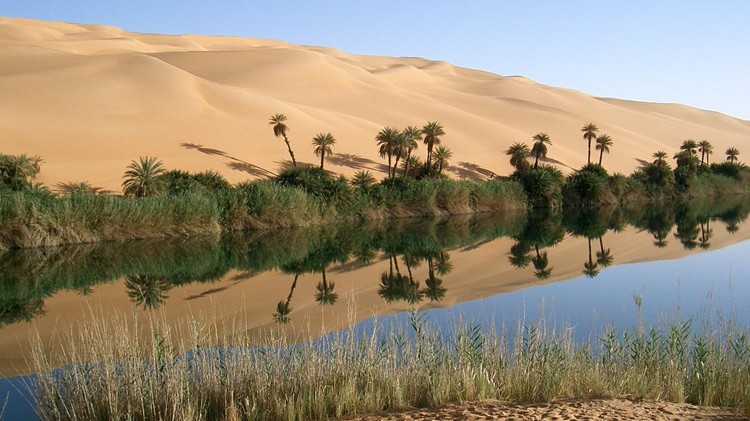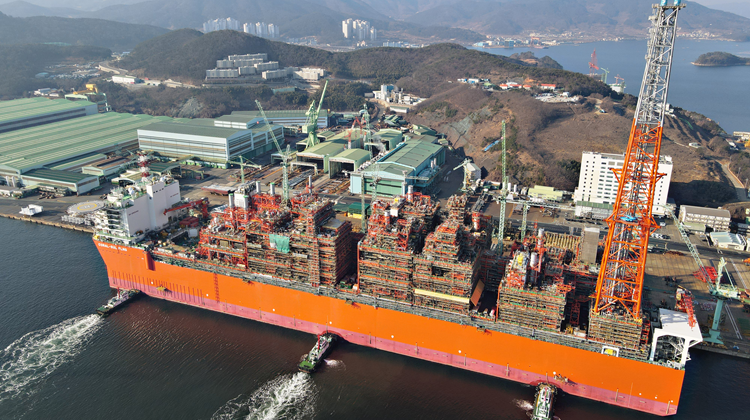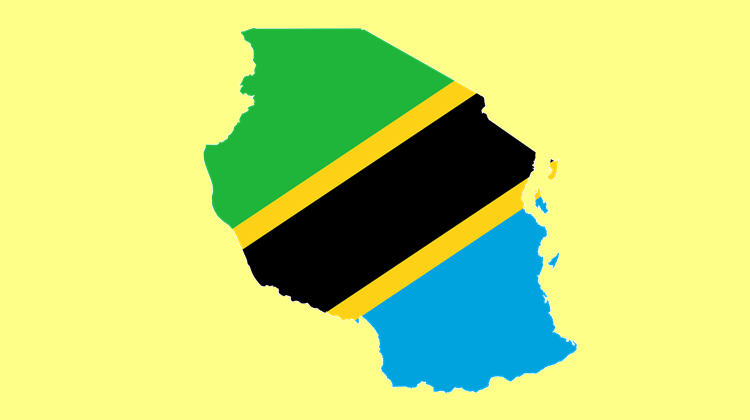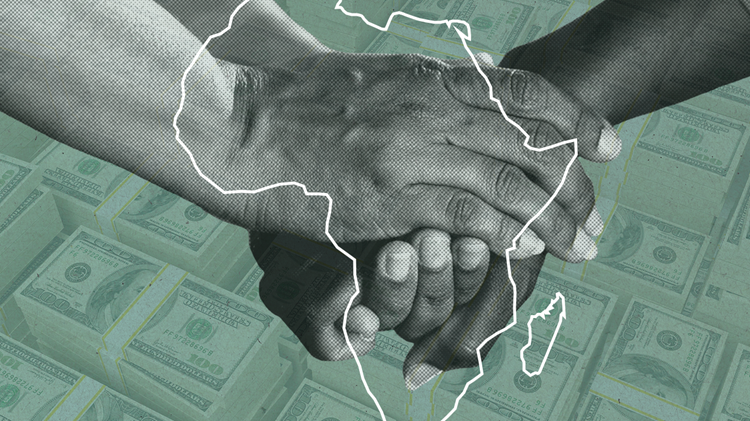Economic diversification is the key to Chad's development strategy
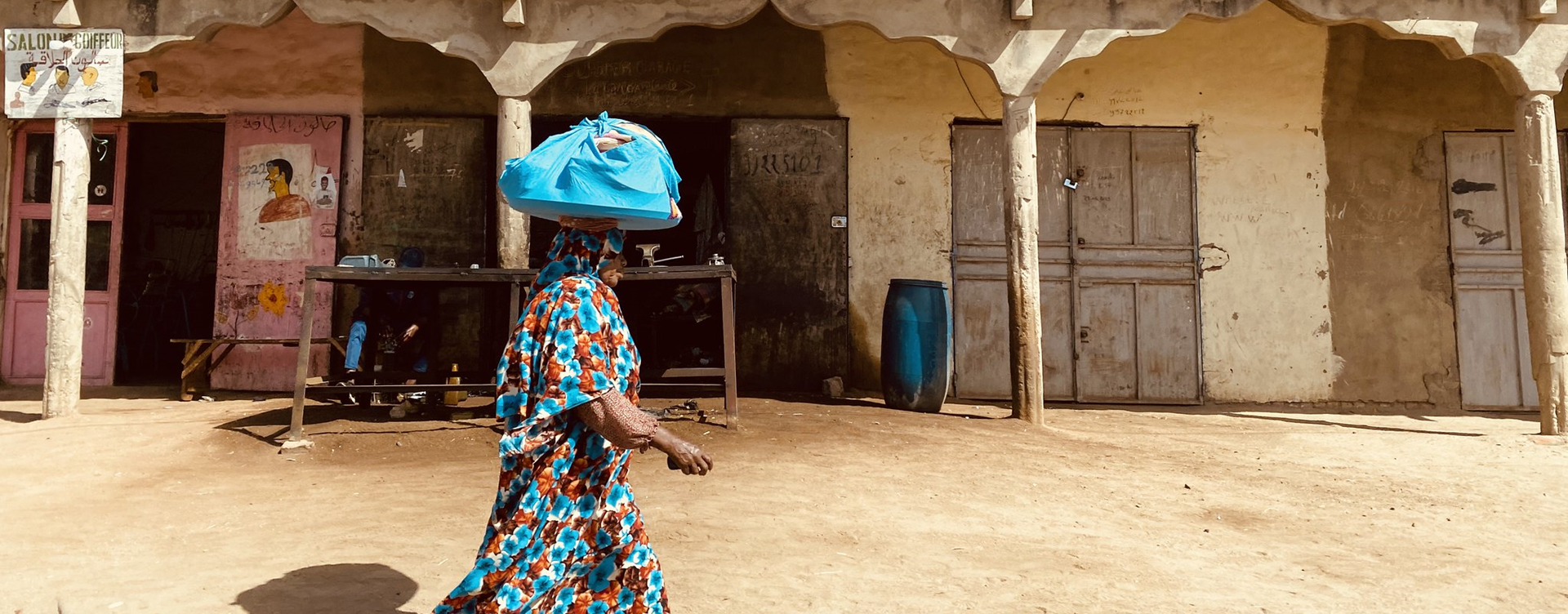
Corruption, poor governance and instability in Chad have created severe development challenges, which have resulted in low human development index (HDI) rankings and volatile economic growth.
Already rich in gold and uranium, Chad also became an oil-producing nation in 2003. Chadians had high expectations that oil revenues might catalyse economic growth and development, but corruption, poor governance, weak state institutions and chronic instability have made Chad one of the least developed countries globally. According to the 2023/2024 Human Development Report, Chad ranked 189th among 193 nations on the HDI. It is also ranked 165th among 167 countries on the 2024 SDG Index, which lists countries based on their performance across 17 goals. As of 2023, about 6.4 million Chadians lived below the poverty line of US$2.15 representing 34.4% of the population.
This underdevelopment is largely due to its governance challenges. According to the 2022 Ibrahim Index of African Governance (IIAG) report, Chad ranked 47th of 54 African countries with a score of 34.5 out of 100, far lower than the African average (48.9) and that of the Central African region (39.1).
A major reflection of its governance challenges is the persistent, widespread and endemic forms of corruption permeating all sectors of Chadian society with little progress in anti-corruption recently. Even newly constructed roads degrade after a short period of time due to low-quality construction as a result of corruption within the ruling elite during the commissioning process. The global Corruption Perceptions Index (CPI) 2023 (by Transparency International), ranks Chad at 162th position out of the 180 countries surveyed with a score of 20 out of 100. This high level of corruption coupled with limited public administration capacity, a concentration of resources and decision-making in the capital city, low revenues, and the country's large size and sparse population density undermine government effectiveness in service delivery.
Beyond its governance challenges, Chad's continued reliance on oil has left the economy less diversified and more vulnerable to exogenous shocks. For instance, its average growth rate from 2001 to 2014 at the onset of oil production—and the oil supercycle—was 9.4%, leading to an increase in GDP from US$3.1 billion in 2000 to US$10.7 billion in 2014. Since then, Chad's economic growth has been slow averaging -0.2% over the period 2015-2022, due to oil price shocks, socio-political instability, volatile security, and the COVID-19 pandemic.
Chad's continued reliance on oil has left the economy less diversified and more vulnerable to exogenous shocks
With the anticipated decline in oil production due to a modest proven petroleum reserve, long distance from infrastructure, security risks and commercialisation challenges, Chad needs to quickly make the proper steps to diversify the economy away from oil to ensure inclusive and sustainable growth and improve development outcomes.
To this end, oil revenue should be carefully managed to improve agriculture productivity and support light agro-processing. Chad's agriculture sector is relatively limited. This is particularly because of traditional farming practices, limited adoption of modern technology and insufficient access to essential inputs like high-quality seeds, fertilizers and irrigation.
Chad boasts substantial agricultural potential; with an estimated 39 million hectares of cultivable land and sufficient water resources to irrigate over 5 million hectares of land, Chad could substantially increase agricultural production. However, the country's agricultural potential is underexploited. Only 7 000 hectares of farmland are irrigated; the sector is characterised by a high prevalence of subsistence agriculture with low productivity. Chad has one of the lowest average crop yields per hectare in Africa. With an estimated 1.4 tons per hectare in 2023, the country ranked 47th out of 54 African countries.
Chad needs to invest in climate-smart agricultural technologies to increase the sector's resilience to climate variations such as extreme rainfall, drought and floods. The country should also enhance the integration within up- and downstream value chains and the connectivity to local and international markets.
Manufacturing forms only a tiny part of the economy. It is limited to small-scale processing of cotton, textiles and sugar, with its contribution to GDP ranging between 2% to 3% since 2012, after reaching about 10% in the 1980s and 1990s. Chad remains among the least industrialised nations in Africa. In 2022, it ranked 44th of 52 countries on the Africa Industrialisation Index. Expanding the manufacturing sector by adding value to its raw materials, and transforming them into medium and high-technology manufactured goods can increase the economic returns from these resources. Chad is rich in natural resources, such as cotton, livestock and minerals, which could be processed domestically instead of being exported as raw materials. A robust manufacturing sector is a key step toward industrialisation, often linked to technological progress and innovation. As manufacturing grows, it can lead to the development of new skills and technologies, fostering a more competitive economy.
Efforts are needed to improve the quality of economic infrastructure, human capital and the business environment. Infrastructure shortages, especially poor access to electricity and the lack of a good road network are cited as some of the most significant obstacles to expanding the small private sector in the country. The exorbitant cost and scarcity of electricity pose a significant impediment to Chad's economic transformation. Despite the endowment of fossil fuels and solar resources, Chad has Africa's third-lowest electricity access rate, only ahead of Burundi and South Sudan. As of 2021, only about 11% of the country's total population had access to electricity compared to about 37% for the average for African low-income countries. In 2020, Chad ranked 51st of 54 African countries on the African Infrastructure Development Index (AIDI). Chad, Niger, South Sudan and Somalia continuously occupy last places on the index.
Regarding human capital, low-skilled and poorly educated workers comprise most of Chad's labour force. Due to the current low economic complexity, the labour market tends to require more unskilled labour, but over time, as the economic complexity increases, there will be a growing demand for more skilled labour, particularly in the formal sector. Chad needs to reform the current weak education system to get prepared to produce relevant skills to leverage economic transformation.
Chad needs to reform the current weak education system to get prepared to produce relevant skills to leverage economic transformation
Chad's economic environment is also particularly challenging, creating an unpredictable environment for business. Excessive government bureaucracy, weak contract enforcement, corruption and high tax burdens on private enterprises hampered private sector growth.
To foster sustainable growth and development, Chad must diversify its economy, harness its agricultural potential, invest in infrastructure and human capital, improve governance and create a more conducive business environment. These steps are crucial for overcoming current challenges and enhancing the well-being of its population.
Image: Joëlle/Flickr
Read our recently updated country analysis for Chad here.


